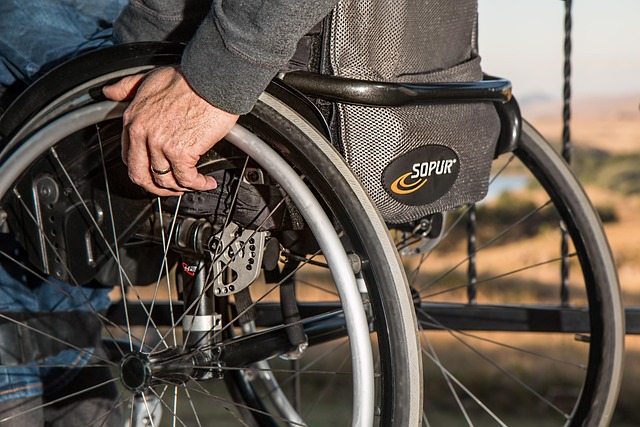Transforming Recovery: The Role of Robotics in Healthcare Rehabilitation
In recent years, the intersection of robotics and rehabilitation therapies has sparked a revolution in healthcare, redefining how patients recover from injuries and chronic illnesses. For many, the journey through rehabilitation is often a slow, challenging process marked by uncertainty and frustration. But with the advent of advanced robotic technologies, hope is rekindled, and new doors to healing are opening.
Pioneering Healthcare Innovations
The integration of robotics into healthcare innovation is more than just a technological milestone; it’s a game-changer for personalized patient care. Robotic exoskeletons and assistive devices, for example, offer tailored support to individuals recovering from strokes, spinal cord injuries, or neurological conditions. These machines not only enhance mobility but also promote neuroplasticity—the brain’s ability to rewire itself—and accelerate functional recovery.
Moreover, robotics-driven therapies provide precise, consistent movements that patients might struggle to perform on their own. This level of accuracy ensures that rehabilitation exercises are effective, reducing the risk of further injury and maximizing therapeutic benefits. Such innovations mean that patients receive a level of care that blends medical expertise with cutting-edge technology.
Revolutionizing the Patient Experience
From the patient’s perspective, the introduction of robotics into rehabilitation creates a more engaging and motivating environment. Interactive robotic devices can track progress in real-time, offer adaptive challenges, and even incorporate virtual reality elements to make exercises less monotonous. This fosters a sense of accomplishment and encourages patients to stay committed to their recovery goals.
Additionally, these technologies extend the reach of healthcare, allowing for home-based rehabilitation programs guided by robotic monitoring systems. For individuals balancing busy lives or living far from specialized clinics, this accessibility is invaluable. It democratizes high-quality care and empowers patients to take control of their health journey.
The Future is Now: Embracing Robotics for Better Health Outcomes
The convergence of robotics and rehabilitation therapies represents a profound shift in healthcare philosophy: moving from reactive treatment to proactive, patient-centered care. By leveraging robotic innovation, medical professionals can design more effective, dynamic, and compassionate rehabilitation programs that address the unique needs of every individual.
As we stand on the forefront of this robotic revolution, it’s clear that the integration of technology and health is not just enhancing recovery—it’s transforming lives. For anyone navigating the path of rehabilitation, this is a promising new chapter filled with renewed hope and unprecedented possibilities.



